

You might call renowned paleontologist and children’s TV host Dr. Scott Sampson a poster child for STEM education. The director of the San Francisco-based California Academy of Sciences was raised on dinosaurs—fed a steady diet in books, in-class—even ate them!
Yes, that’s a fun fact that Dr. Sampson enjoys bringing up when talking to children. You have a dinosaur for dinner when you eat chicken or turkey. Or expressed another way: “Dinosaurs aren’t extinct!” he says.
With his topic, “Children as Science Leaders—How to Raise a Wild Child,” this is the kind of perspective you’ll get from Dr. Sampson. He speaks 9-10 a.m., April 14 at the Region 9 Head Start Association Early Childhood STEM Institute.
Dr. Sampson credits his early interest in science to his mom. “She was the one who did a really good job of giving me a head start—in a sense that she got me interested in nature.”
That included childhood camping trips, visits to local ponds and wild areas. Visits to the library introduced him to books on dinosaurs.
“I pursued paleontology because it was reinforced in school and at home,” he said.
Talking about dinosaurs lets him bring up the fun facts: There are 10,000 species of birds today and 6,000 species of mammals: “That means there are more kinds of dinosaurs around than mammals,” he says. “Every single bird alive today…they are actual dinosaurs.”
He adds—and this should certainly thrill Head Start teachers opening the doors for children—that “if you want to go study dinosaurs, you don’t have to do what I did in going to a university—all you have to do is step outside the front door. You can look at them any day you want.”
But Dr. Sampson can turn serious quickly when speaking about children and their exposure to nature. That too leads back to his youthful experiences.
“I grew up in a glorious time when we spent a lot of time outside in nature.” And by that, he means in the backyard or visiting a local preserve or that neighborhood pond.
Of course, there is much less nature—wild places—out there than there was when he was a child.
“We have de-wilded Planet Earth,” he says. “Our eco-systems are not resilient enough to withstand the change. The bad news is we did this. The good news is we can reverse it…We simply have to decide and follow through.”
The key to this re-wilding of our planet is children. Unfortunately, today, though, the average American child spends seven to 10 hours in front of a screen—and just seven minutes outdoors, he notes.
“More and more kids aren’t growing up spending time in the outdoors. They are disconnected from nature.”
Writer Richard Louv coined the term “nature-deficit disorder,” he explains, and Louv chronicles how modern children suffer from obesity, Type 2 diabetes, and depression.
Worse, “if children don’t spend time in nature, they don’t see themselves as part of it…Kids are living under house-arrest!”
This disconnect could have dire consequences for the future, Dr. Sampson maintains. In fact, the urgent ecological crisis facing the world was part of the reason Dr. Sampson chose to step away from the University of Utah, where he taught and studied animals “that had been dead for 75 million years.”
He knew he could have more of an impact on the crisis by focusing on public awareness, and thus, entered the field of science museums. He wrote the book “How to Raise A Wild Child,” that helps parents and teachers reconnect children with nature. The television shows he’s known for—Dinosaur Train, for instance—encourage children to get outside and make their own discoveries.
“We need to inject more of the natural world in formal and informal learning,” Dr. Sampson says.
With more people heading outdoors to social distance and connect with nature, he sees the current pandemic as a powerful moment for museums and schools to “step up and raise awareness and engagement” in rethinking the human-nature relationship.
“We need to reconnect children to nature. It’s critical for them and the places they live. They are not going to take care of those places if they don’t spend any time out there.”
Dr. Sampson cites an important example: Our national parks. “Every generation makes decisions about keeping them. These are sacred places and they can be decreased or taken away…If we are going to preserve nature in a long run, children have to care.” —By H.A. Silliman






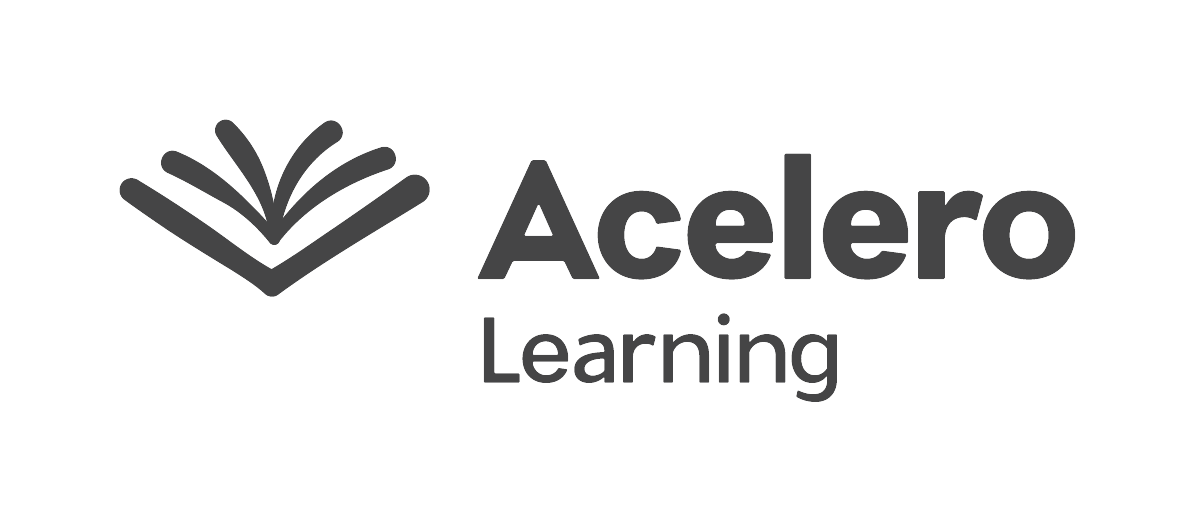
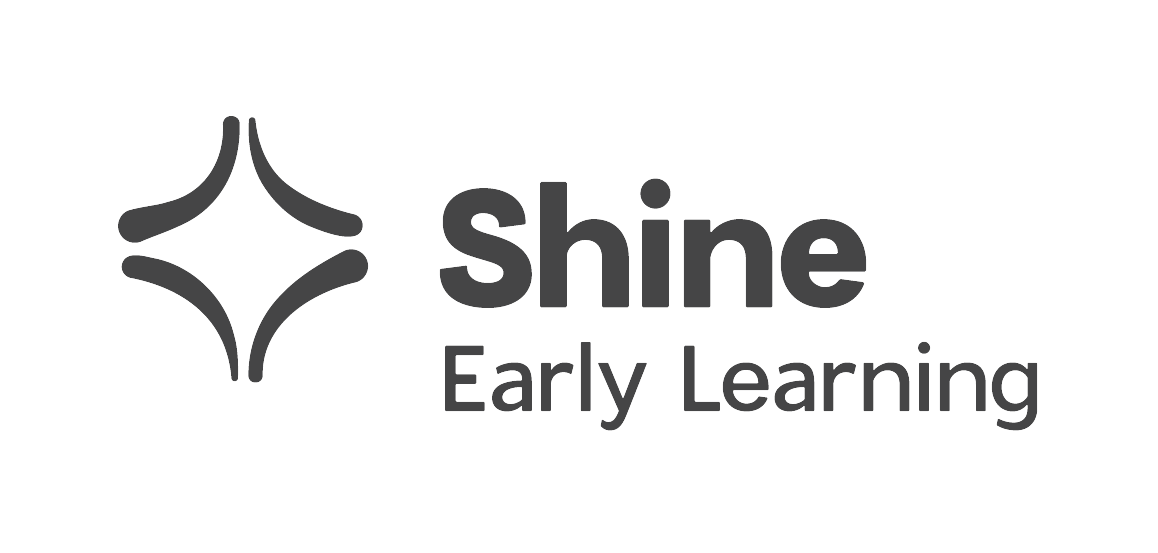



I have been to management workshops, not leadership training. This has totally changed my perspective and encouraged me to propel forward in developing my skills.
I am honored and humbled to be a recipient of the Region 9 Head Start Association’s Legacy Scholarship. The scholarship helped me get one step closer to achieving my goal of becoming a Head Start Director.
I took part in The disproportionate impact of COVID 19, and how to provide “real” support for black/brown children and families and I just want to say this was an amazing webinar. I hope we can look forward to further conversation on this topic.
Thank you so much for making events like this! I really enjoyed and learned so much teaching strategies to implement STEM in the classroom.
The HR Network was an excellent opportunity to network and learn the best practices from other HR professionals within Head Start programs. You will be amazed by the level of talent and experience of the participants.
The Summer Camp training was powerful and inspiring! Each presenter was very engaging, it’s hard to even pick a favorite session!
The Leadership Challenge training was very relevant to my work as a Head Start leader! Great facilitation; stayed with the program yet allowed time for individual and small group reflections.
Regular price $12.00
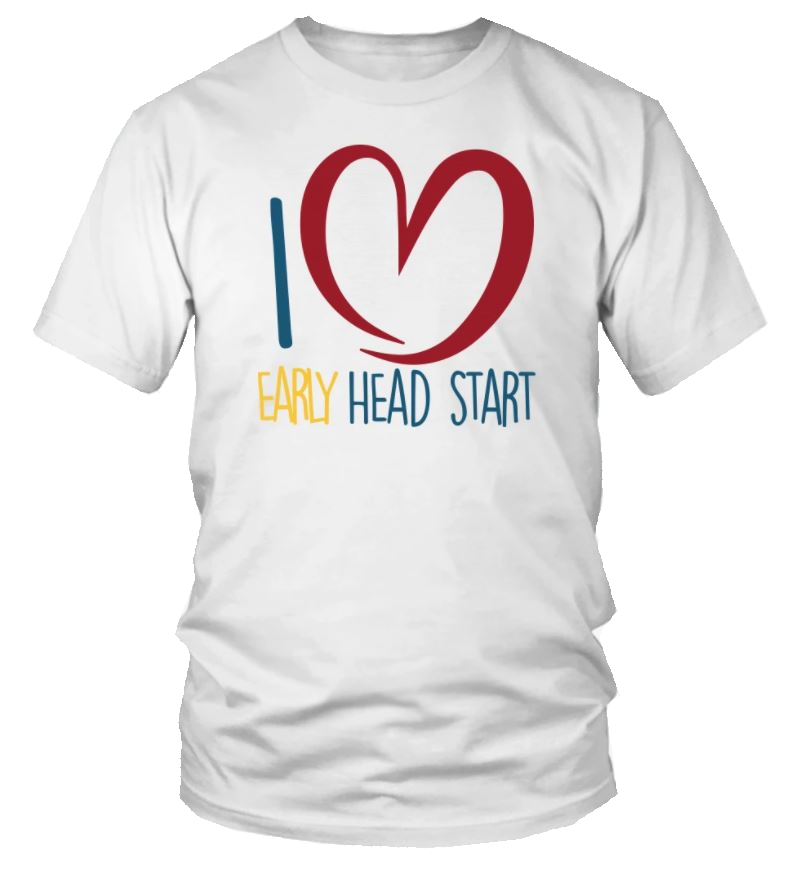
Regular price $39.00

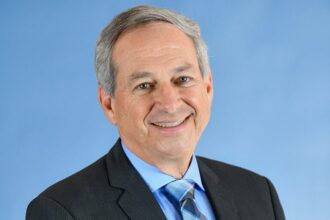

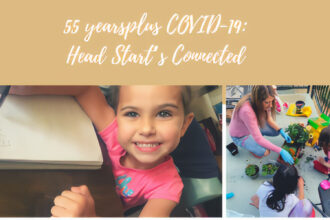
Questions? Contact us at headstartr9@region9hsa.org.